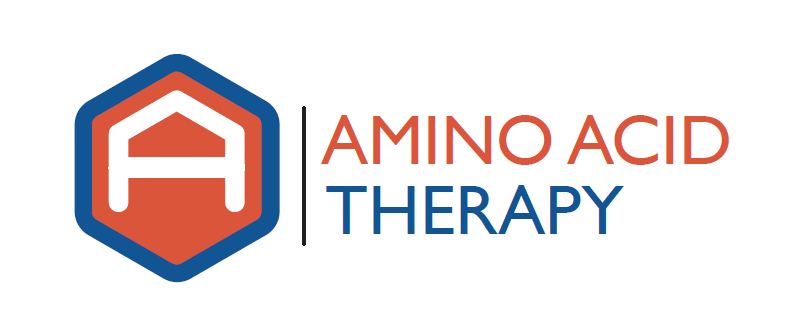 Amino acid therapy involves providing the body with the necessary building blocks to restore proper neurotransmitter function. There are many disorders associated with neurotransmitter imbalance. The conventional approach to many of these disorders – including depression, anxiety, migraines, insomnia and ADHD, is to use medications that in some way alter neurotransmitter function.
Amino acid therapy involves providing the body with the necessary building blocks to restore proper neurotransmitter function. There are many disorders associated with neurotransmitter imbalance. The conventional approach to many of these disorders – including depression, anxiety, migraines, insomnia and ADHD, is to use medications that in some way alter neurotransmitter function.
Medications Used
Several different broad classes of medications are used with various disorders related to neurotransmitter imbalance, including selective serotonin reuptake inhibitors (SSRIs) – including Paxil, Prozac, Zoloft, Celexa, Lexapro and Luvox; selective norepinephrine/dopamine reuptake inhibitors – including venlafaxine (Effexor), duloxetine (Cymbalta) and bupropion (Wellbutrin); anti-anxiety medications like benzodiazepines (i.e., Xanax, Klonopin, Valium, Lorazepam) and barbiturates (i.e., phenobarbital, Fioricet); sleep medications (i.e., Ambien, Lunesta); and amphetamines (i.e., methamphetamine, “speed”, Adderall, Vyvanse, Dexedrine) for ADD/ADHD.
All of these medications work to either shuffle around or increase the release of neurotransmitters in the system. However, none of them provide the body with the necessary building blocks to restore neurotransmitter balance for the long term and ALL of them cause further neurotransmitter depletion with time. This often leads to a state where the drug(s) appear to “quite working” or a person on these medications develops further signs of neurotransmitter imbalance over time.
Amino Acid Therapy Improve Drug Efficacy
This is where amino acid therapy can help. The proper use of amino acid precursors will keep drugs that work with neurotransmitters from depleting neurotransmitters, thus allowing the drugs to keep functioning as intended. For example, if a person is taking a reuptake inhibitor that ‘stops working’; we can provide such a person with the proper blend of amino acid therapy to improve overall neurotransmitter function. In this case, the drugs that work by shuffling around neurotransmitters (such as SSRI, SNRI and other medications) have more neurotransmitter to work with so they can appear to start ‘working’ again. In this way, a person can continue to use their medication(s) without fear of further neurotransmitter depletion due to the drug. In this case using amino acid therapy helps the drug do its job more effectively and efficiently.

